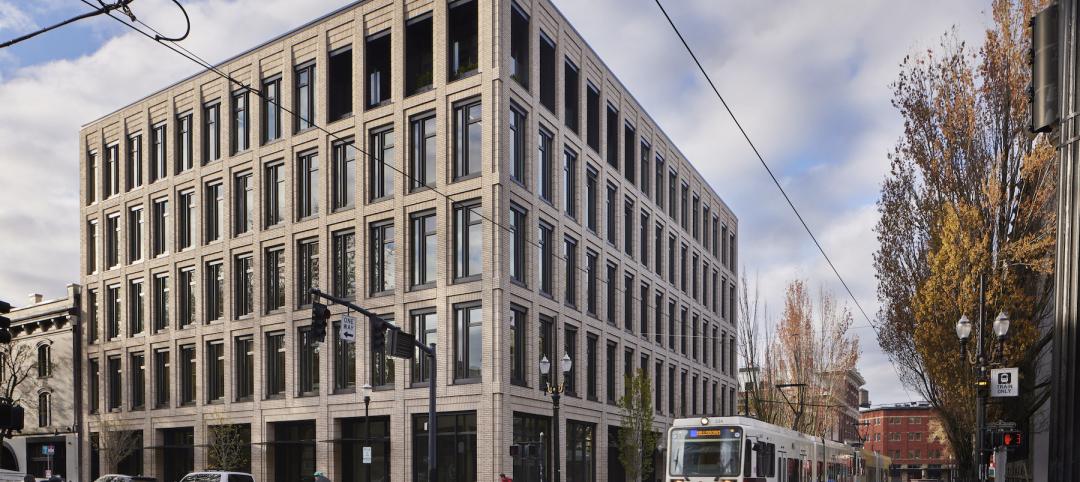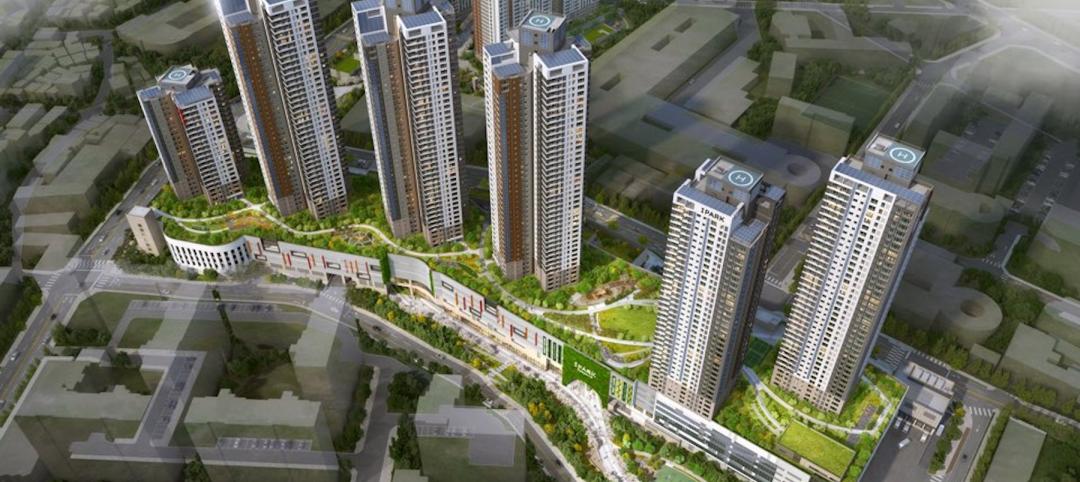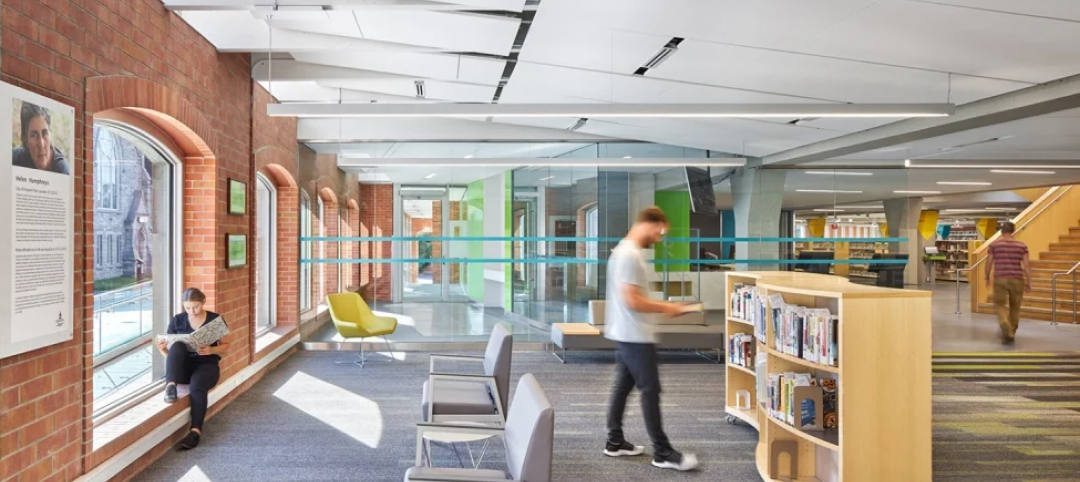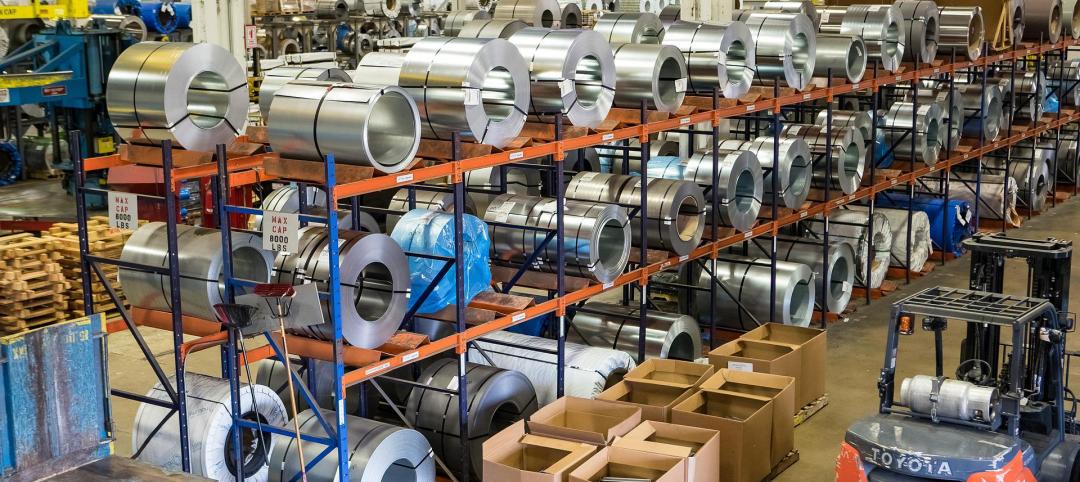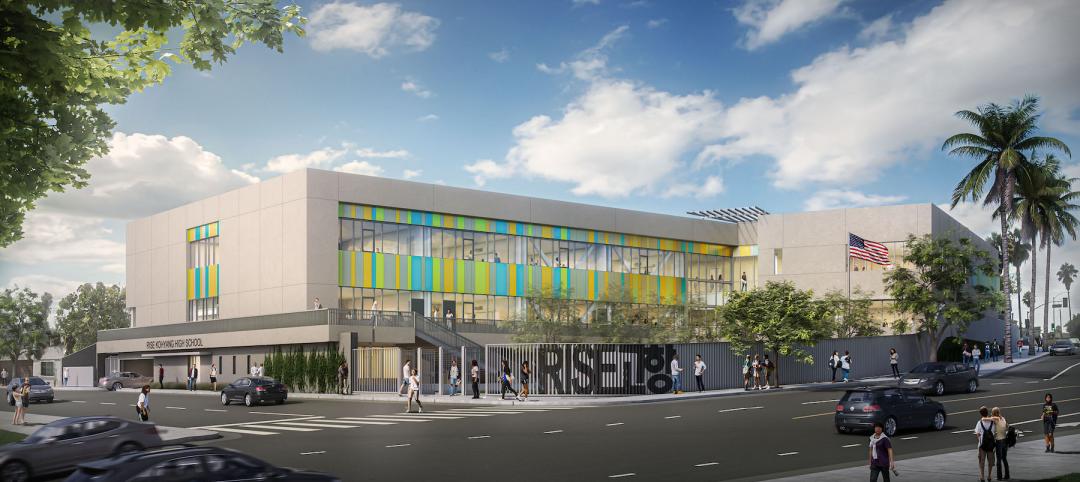After 11 months of hoping, praying, and more than a little begging, 18 finalist cities came away empty handed from the lottery for Amazon’s second headquarters, which promised the winner a Powerball of 50,000 high-paying jobs, $5 billion in direct investment, and an economic boon.
On Nov. 12, Amazon confirmed that it had chosen two locations—Long Island City in the New York borough of Queens, and the Crystal City neighborhood of Arlington, Va.—where it will split its hiring and investment plans for its second homes.
Amazon’s overhyped yet secretive selection process—starting with the announcement of its plans in September 2017, followed by a six-week pitch period that drew bids from 238 cities—produced a short list of metros whose elected officials and business leaders pleaded their cases and promised the moon: tax breaks, land grants, and infrastructure improvements in the billions of dollars. (Why this largesse should be bestowed on one company is a topic for another time.)
As it turned out, though, Amazon’s HQ2 picks may have been preordained. The two cities already had the greatest number of Amazon employees outside of Seattle, and they offer a robust talent pool. Arlington is also near Washington, D.C., where Amazon’s Chairman and CEO Jeff Bezos lords over the Washington Post.
See Also: Amazon selects HQ2 cities
If, in fact, the two winners were always the frontrunners, and this whole exercise was a charade (as some of the chagrined cities suspect), Amazon pulled off a masterful act of manipulation and mass hypnosis, convincing the other contenders they had a legit shot. Officials in places like Denver, Chicago, and Boston—which were among the “leaders” cited in media speculation—are probably still scratching their heads about why their cities were also-rans.
During its vetting process, the tech giant gained access to troves of financial and demographic data about the cities it was considering. I don’t think it’s too cynical to suggest that Amazon will eventually use this information for other business purposes.
What, exactly, will the two winning cities be getting for their efforts, aside from more mass transit congestion? Probably not equal to what Amazon’s 14-million-sf presence has meant to Seattle’s economy and growth.
The stage has been set for Round 2, where developers and AEC firms trip over each other trying to get a piece of whatever Amazon is planning to either build or renovate. (The New York Times reported that Amazon informed the winners that it wants 500,000 sf of office space available in 2019.)
But before any firms enter the fray, it’s worth remembering that Seattle-based NBBJ has designed a number of buildings for Amazon, including its Spheres glass domes in Seattle, for which Magnusson Klemencic Associates was the structural engineer.
Related Stories
Healthcare Facilities | Jun 22, 2022
Arizona State University’s Health Futures Center: A new home for medical tech innovation
In Phoenix, the Arizona State University (ASU) has constructed its Health Futures Center—expanding the school’s impact as a research institution emphasizing medical technology acceleration and innovation, entrepreneurship, and healthcare education.
Market Data | Jun 22, 2022
Architecture Billings Index slows but remains strong
Architecture firms reported increasing demand for design services in May, according to a new report today from The American Institute of Architects (AIA).
Green | Jun 22, 2022
World’s largest commercial Living Building opens in Portland, Ore.
The world’s largest commercial Living Building recently opened in Portland, Ore.
Multifamily Housing | Jun 21, 2022
Two birds, one solution: Can we solve urban last-mile distribution and housing challenges at the same time?
When it comes to the development of both multifamily housing and last-mile distribution centers, particularly in metropolitan environments, each presents its own series of challenges and hurdles. One solution: single-use structures.
Libraries | Jun 21, 2022
Kingston, Ontario, library branch renovation cuts energy use to 55% of benchmark
A recent renovation of the Kingston (Ontario) Frontenac Public Library Central Branch greatly boosted energy and water efficiency while making the facility healthier and safer.
Building Materials | Jun 20, 2022
Early-stage procurement: The next evolution of the construction supply chain
Austin Commercial’s Jason Earnhardt explains why supply chain issues for the construction industry are not going to go away and how developers and owners can get ahead of project roadblocks.
Building Team | Jun 20, 2022
Andres Caballero Appointed President of Uponor North America
Uponor Corporation (Uponor) has named Andres Caballero president of its Building Solutions – North America division and a member of the Executive Committee at Uponor.
| Jun 20, 2022
An architectural view of school safety and security
With threats ranging from severe weather to active shooters, school leaders, designers, and security consultants face many challenges in creating safe environments that allow children to thrive.
School Construction | Jun 20, 2022
A charter high school breaks ground in L.A.’s Koreatown
A new charter school has broken ground in Los Angeles’ Koreatown neighborhood.
Building Team | Jun 17, 2022
Data analytics in design and construction: from confusion to clarity and the data-driven future
Data helps virtual design and construction (VDC) teams predict project risks and navigate change, which is especially vital in today’s fluctuating construction environment.





